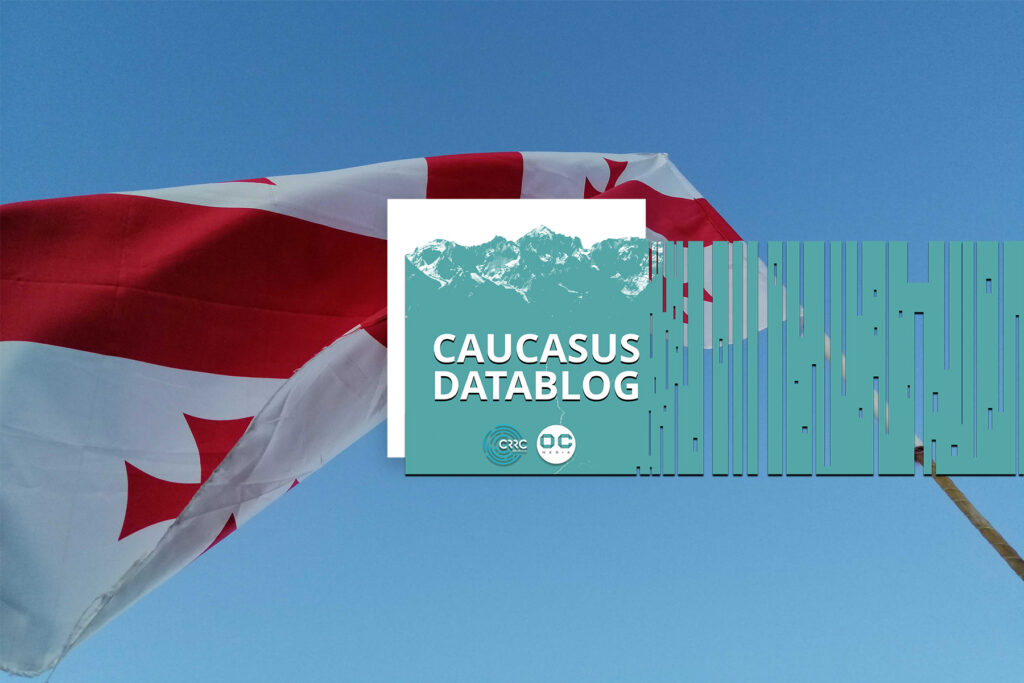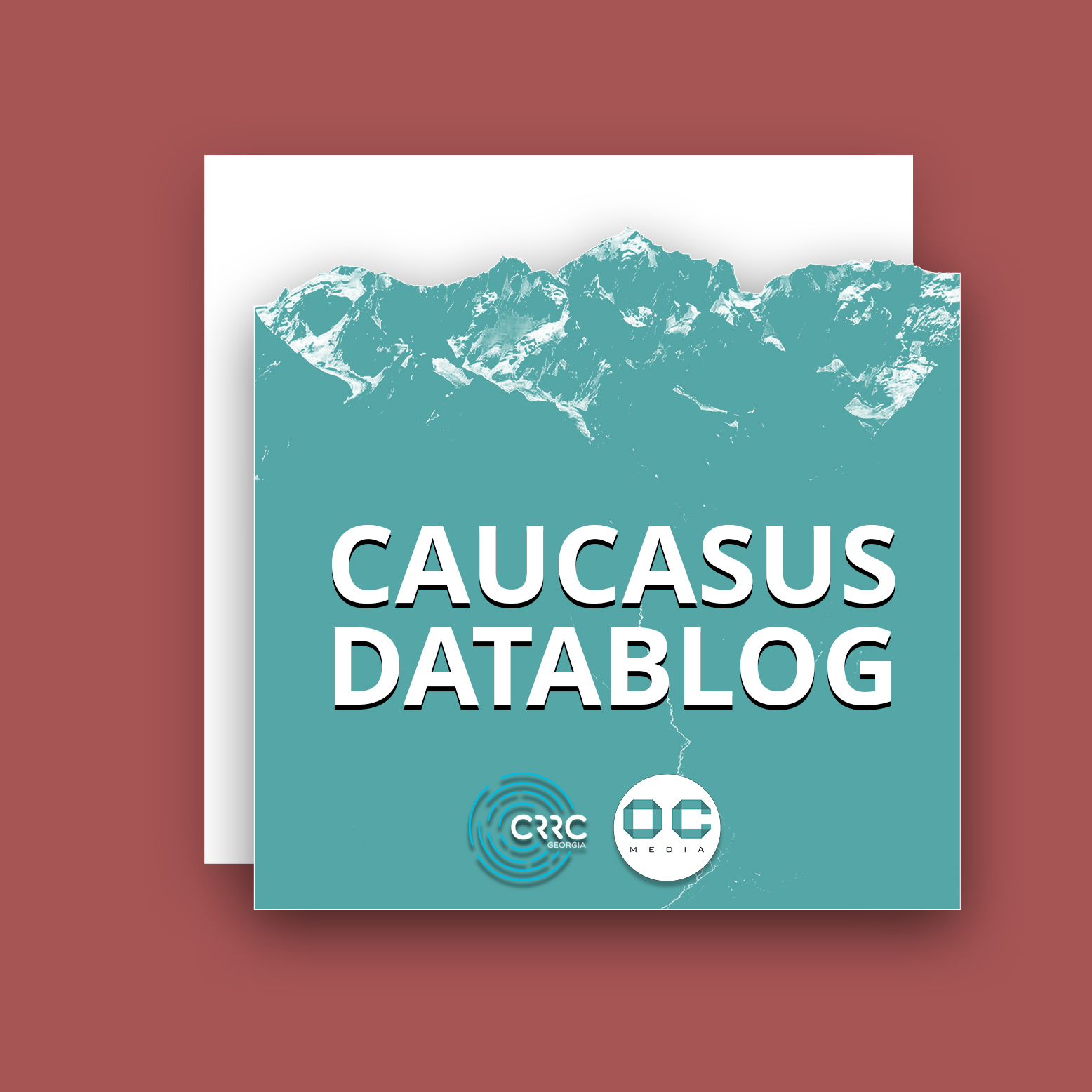In times of crisis, support for governments often rises in what is known as a rallying around the flag effect. The COVID-19 crisis in Georgia has been no exception.
Data from around the world has shown rallying around the flag effects in many countries during the pandemic, with a few exceptions. Georgia has followed this broader pattern, with performance ratings tripling for many actors and institutions between November/December 2019 and May 2020.
Yet, with parliamentary elections set for 31 October, whether this has translated into changes in party preferences is unclear.
A survey CRRC Georgia fielded between 21–23 May, which the Embassy of the Netherlands in Tbilisi financially supported, asked people to assess the institutional performance of the prime minister, parliament, police, president, and the Georgian Orthodox Church. The question was worded in the same way as the NDI and CRRC 2019 November/December survey.
When comparing the results, approval ratings roughly tripled for parliament from 9% positive to 30%, for the president from 9% positive to 25%, and for the prime minister from 21% positive to 66%.
Institutional performance assessments of the Church improved from 50% positive to 66%, despite the significant controversy around their policies during the crisis. The across the board increases in approval ratings suggest a clear rallying around the flag effect.
While there has been a large rally around Georgia’s government, the data is ambivalent when it comes to whether this has resulted in increased party support for the ruling Georgian Dream Party.
In May, 25% of the public reported that Georgian Dream was the party closest to them, roughly comparable to the 21% that reported the same in November/December 2019. The share reporting that the UNM was closest to them also declined from 14% to 4%.
This appears to be a large shift. Yet, the share of people refusing to answer what party they supported increased from 3% to 12%. Further, the share reporting they don’t know which party is closest to them rose from 5% to 12%. The share reporting that there is no party closest to them did not shift significantly with 37% in November/December and 38% of the public reporting the same in May.
Given this data, at least two explanations are plausible. While the NDI survey was done face to face, the COVID-19 Monitor survey was done over the phone. It is possible that UNM supporters were over-represented in the ‘don’t know’ and ‘refuse to answer’ categories in May, because of discomfort in sharing political views over the phone. Alternatively, the increase in ‘don’t know’ responses could stem from genuine increases in uncertainty. Reasonably a bit of both as well as other factors may be at play.
Despite this increased level of uncertainty, Georgian Dream appears to have gained ground, at least in terms of the share of the public willing to say they support them. How this translates into electoral success remains to be seen. But, what is clear is that Georgians have rallied around their institutions during the COVID-19 crisis.
The views presented in the article are the views of the author alone and do not represent the views of the Embassy of the Kingdom of the Netherlands, CRRC Georgia, or any related entity.




 1 September 2020
1 September 2020





